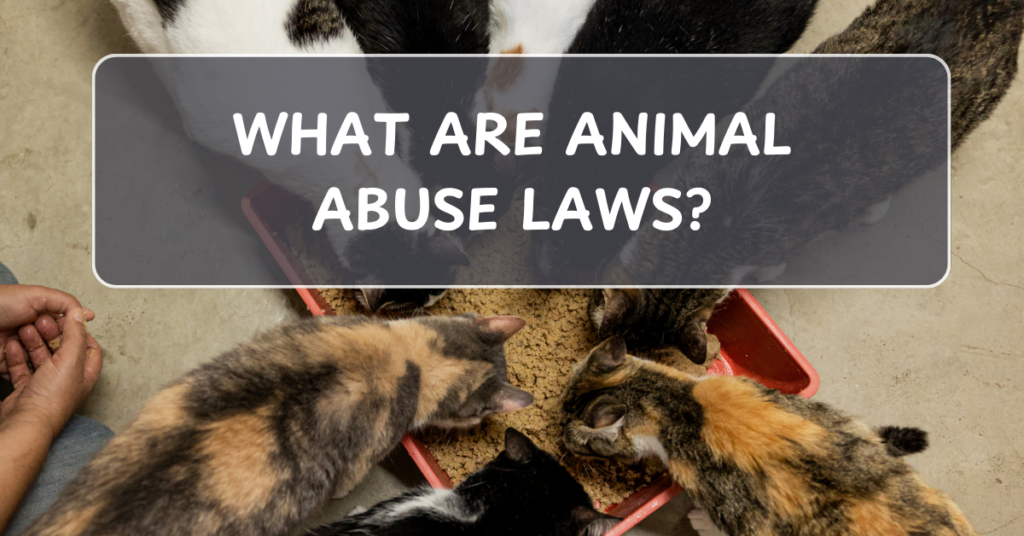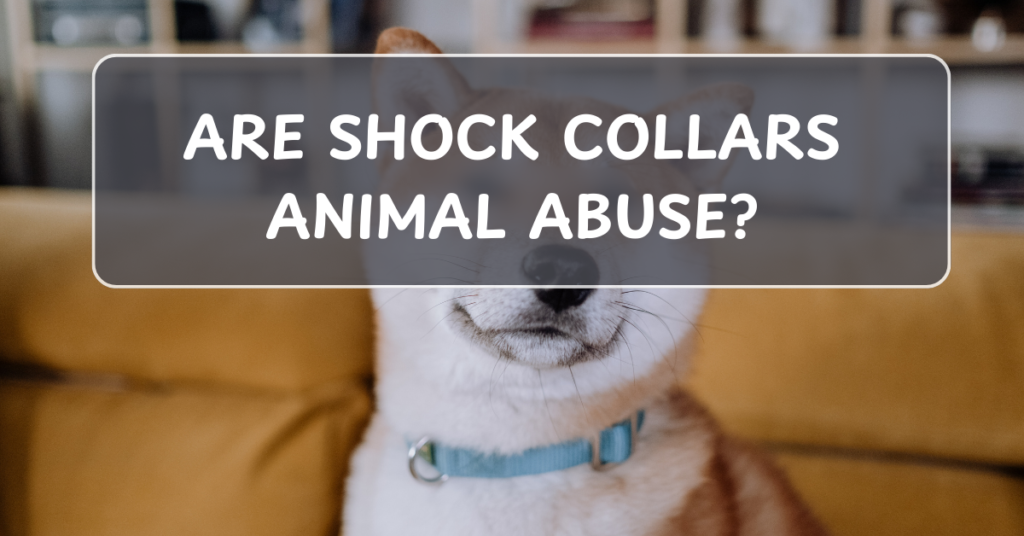Bull riding is a highly controversial activity often debated in the context of animal rights and welfare. While enthusiasts argue that it is a sport steeped in tradition and skill, animal advocates frequently claim it constitutes cruelty. Understanding whether bull riding is animal abuse requires examining how bulls are treated before, during, and after events, as well as the ethical implications.
What Happens in Bull Riding?
In bull riding, a rider attempts to stay on a bucking bull for eight seconds, holding onto a rope wrapped around the animal. The bull bucks in reaction to the discomfort caused by certain devices and the environment created to provoke its behavior.
Concerns About Animal Abuse
1. Use of Equipment
- Flank Straps: A flank strap is tightly tied around the bull’s abdomen, just in front of the hind legs. Advocates of bull riding argue it doesn’t cause pain, only irritation. However, critics claim it causes significant discomfort and encourages unnatural bucking.
- Spurs: Riders often wear spurs to maintain balance, which some argue can hurt or stress the animal.
2. Stress and Fear
Bulls are exposed to loud noises, bright lights, and a chaotic environment. Animal welfare groups argue that these conditions cause extreme stress, fear, and anxiety for the animals.
3. Physical Harm
Injuries to bulls during events, such as broken bones or internal damage, are not uncommon. Critics argue that the physical risks bulls face outweigh the entertainment value of the sport.
Arguments in Defense of Bull Riding
1. Livestock Care
Proponents claim that bulls used in rodeos are valuable animals and are well cared for. They argue that rodeo bulls often live longer and healthier lives than livestock raised for meat.
2. Tradition and Cultural Significance
Bull riding is deeply rooted in many cultures, particularly in countries like the United States, Mexico, and Brazil. Supporters often emphasize the historical and cultural importance of the sport.
3. Regulations
Rodeo associations, such as the Professional Bull Riders (PBR) and the Professional Rodeo Cowboys Association (PRCA), enforce rules aimed at ensuring animal welfare. These include vet checks and restrictions on harmful practices.
Ethical Considerations
Even with regulations, the question remains: Is it ethical to use animals for entertainment, especially when it involves fear, stress, and potential harm? Many animal rights organizations, such as PETA and the Humane Society, assert that no level of discomfort or injury is acceptable, regardless of the cultural or economic significance of the activity.
Conclusion
Whether bull riding constitutes animal abuse largely depends on one’s perspective on animal welfare and ethics. While some view it as a celebration of human skill and tradition, others see it as a clear example of animal exploitation.
If you are concerned about animal rights, consider supporting organizations working to protect animals or advocating for stricter welfare regulations in rodeo sports. Educating yourself and others about the practices and impacts of bull riding is the first step toward forming an informed opinion.


